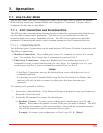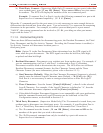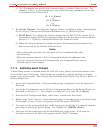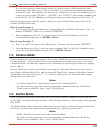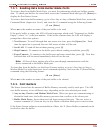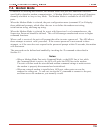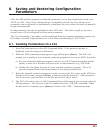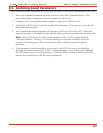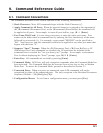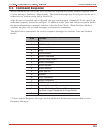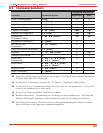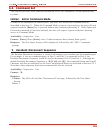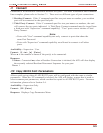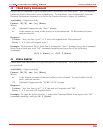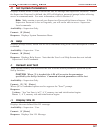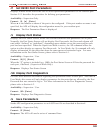
9. Command Reference Guide
9.1. Command Conventions
The commands described in this section conform to the following conventions:
·
Slash Character: Most APS commands begin with the Slash Character (/).
·
Apply Command to All Ports: When the asterisk character is entered as the argument of
the /D command (Disconnect Port), or the /E command (Erase Buffer) the command will
be applied to all ports. For example, to erase all port buffers, type /E * [Enter].
·
Port Name Wild Card: It is not always necessary to enter the entire port name. Port
names can be abbreviated in command lines by entering the first character(s) of the name
followed by an asterisk (*). For example, a port named "SERVER" can be specified as
"S*". Note however, that this command would also be applied to any other port name that
begins with the letter "S".
·
Suppress "Sure?" Prompt: When the /D (Disconnect Port), /E (Erase Buffer), or /I
(Default and Test Unit) commands are invoked, the /Y option can be included in the
command line to override the "Are you Sure (y/n)?" prompt. For example, to disconnect
Port 8 without displaying the "Sure?" prompt, type /D/Y 8 [Enter].
·
Enter Key: All commands are invoked by pressing [Enter].
·
Command Mode: APS Ports will only recognize commands when the Command Mode has
been activated. The Command Mode can be accessed from a free Any-to-Any or Modem
Mode Port. To access the Command Mode, proceed as described in Section 5.1.
·
Connected Ports: When two ports are connected, most APS commands will not be
recognized by either of the connected ports. The only exception is the Resident Disconnect
Sequence (Default = ^X ([Ctrl] plus [X])).
·
Configuration Menus: To exit from a configuration menu, you must press [Esc].
9-1



